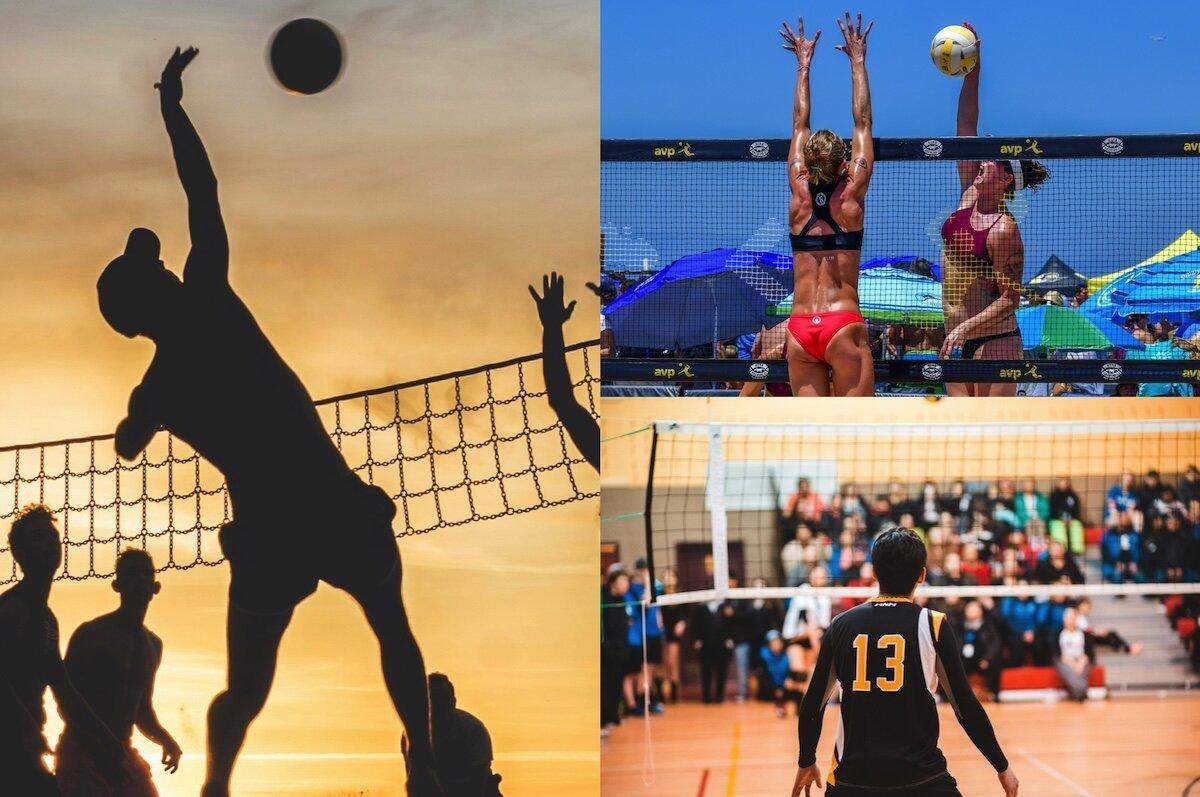
When played at an elite level, volleyball is a high-intensity sport that calls upon a number of muscles, including the biceps femoris, gluteus maximus, erector spinae muscle group, trapezius, and posterior deltoids. That being said, nearly all muscles along with ligaments, tendons, and tissues are tasked during the combined movements of bumping, blocking, spiking, setting, jumping, pivoting, jousting, digging, and diving around the court. Those of you who are serious about being or maintaining status as a highly competitive player understand that physiotherapy is a critical part of any successful training regime. As one of those players who are located in the Greater Vancouver area you are searching for volleyball physical therapy services that will turn you into an ace. Absolute PhysioCare is one such clinic. Read ahead to find out why.
How Our Burnaby/Vancouver Physiotherapy Clinic Will Optimize Your Performance as an Aspiring or Elite Volleyball Player
Treatment of Injuries Common to Volleyball
Repairing already sustained injuries and preventing new ones from occurring are critical to sustainable success on the court. Our physical therapy clinic has expertise in treating common volleyball includes, which include the following:
Shoulder Bursitis: This is generally an overuse injury connected to repeated overhead motions such as spiking, blocking, and serving. Also known as impingement syndrome, it occurs when there is swelling and redness between the top of the arm bone and the tip of the shoulder.
Shoulder Tendinitis: This is also an overuse injury. It involves inflammation of the rotator cuff or biceps tendon and often results from the tendon being pinched by nearby structures.
Scapular Dyskinesis: This is yet another overuse injury. Also referred to as SICK scapula syndrome, it is an alteration or deviation in the normal resting or active position of the scapula during shoulder movement.
Ankle Sprains: This is an injury to the ligaments and capsule of the ankle joint.
Ankle Strains: This is an injury to muscles or tendons that compromise the ankle.
Finger Dislocation: Occurs when the bones of the finger are moved (dislocated) from their normal position during the act of setting and blocking.
Hand Tendon Tears: Occurs when one or more tendons in your hand rupture (break or split), generally during the act of spiking and blocking or sometimes serving.
Tendonitis of the Flexor Carpi Radialis: Due to repetitive wrist flexion or acute overstretching of the wrist that occurs during the various movements involved in playing volleyball.
In addition to the above, competitive volleyball players are also vulnerable (albeit to a lesser extent) to strain in the gluteus maximus and erector spinae muscle group among other regions. In all cases, Absolute PhysioCare has staff with expertise to treat them all. Between chiropractic care (view more), massage therapy (view), TCM acupuncture and dry needling (view) and variety of other sports rehabilitation services we will get you back on the court soon (as applicable) and armed with a volleyball-specific injury prevention plan.
Optimizing Performance for Beach and Indoor Volleyball
Excluding the pool variety and a few other odd variations, competitive volleyball lands in two distinct categories; beach and indoor court. While the movements are essentially the same, there is a major difference when it comes to the surface area you play upon which has a direct impact on how to play. To be effective in optimizing your performance, volleyball physical therapy services must account for this surface variance and provide a regime of movements, exercises, and stretches that will provide you with the requisite agility, power, and explosiveness.
As a direct example, beach volleyball physical therapy must pay close attention to stabilizer muscles in the legs. They play a vital role in leg health and strength, bearing the responsibility for holding everything in place while your body is moving and jumping on the sand. When stabilizer muscles are weak compared to the rest of your lower anatomy the risk of injury during bouts of beach volleyball exponentially increase. One of the most relevant (to this conversation) stabilizer muscles is the hip stabilizer, otherwise known as the gluteus medius. The gluteus medius is tasked with maintaining proper biomechanical function of the lower body during movement on the sand in order to prevent injuries at the hip, knee, and ankle.
When on the beach court, you’re on an uneven surface, which forces you to engage the stabilizing muscles (gluteus medius included) which gives them a workout they won’t get when on flat PVC court flooring. A dedicated regime for a beach volleyball player will strengthen these stabilizing muscles to the point that they are proportionately equal to the big movers (calves, hamstrings, etc.) which will help you avoid injury while enhancing your performance on the sand. Again, this is just one example of how your volleyball physical therapy program with Absolute PhysioCare will address to your specific goals as an athlete.
Ready to evolve as a volleyball player? If located in the Greater Vancouver area schedule your first consultation at our Burnaby clinic today.
CLICK FOR VOLLEYBALL PHYSICAL THERAPY
(Burnaby, Greater Vancouver Area)
